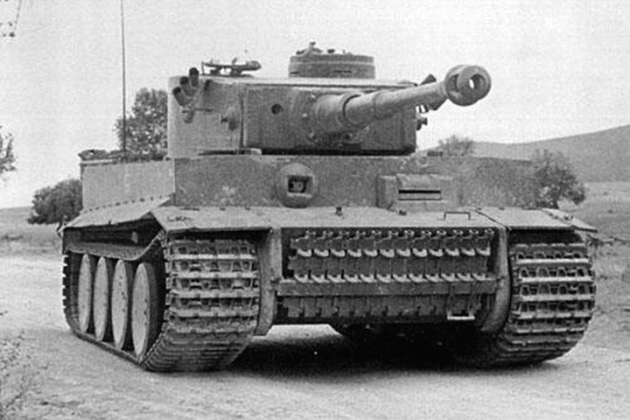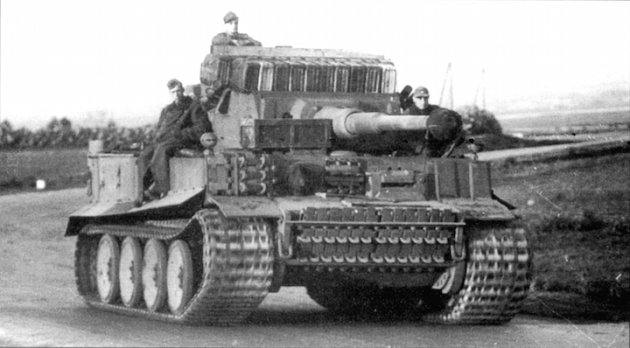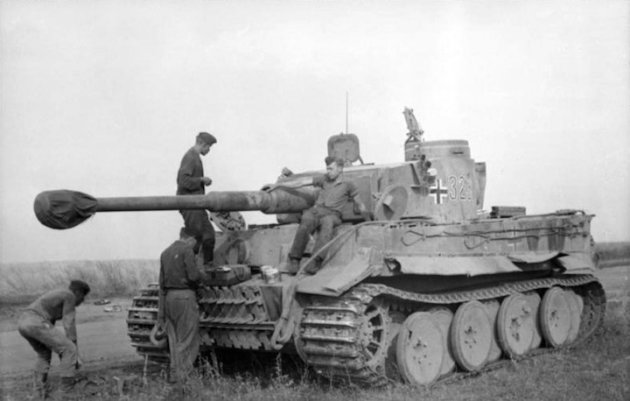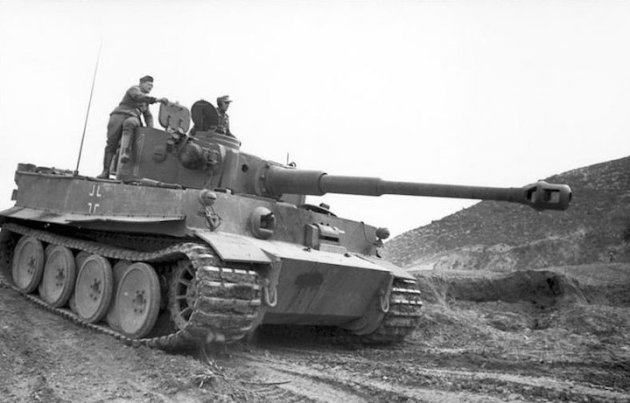 The
Germans are a polarizing people, and so are their products. Sort of
like when journalists review a BMW — people either love ‘em or hate ‘em.
This is because Germany’s engineering prowess is a double-edged sword.
On one hand, it enables Volkswagen, BMW, Porsche, etc., to lead the pack
when it comes to performance. On the other hand, the Germans are
notorious for letting their reach exceed their grasp. They rush new and
innovative products to market without giving them a proper shake-down
first.
The
Germans are a polarizing people, and so are their products. Sort of
like when journalists review a BMW — people either love ‘em or hate ‘em.
This is because Germany’s engineering prowess is a double-edged sword.
On one hand, it enables Volkswagen, BMW, Porsche, etc., to lead the pack
when it comes to performance. On the other hand, the Germans are
notorious for letting their reach exceed their grasp. They rush new and
innovative products to market without giving them a proper shake-down
first. Not only does this odd duality explain Germany’s mixed record in building fine automobiles, it also sheds light on designs going as far back as World War II. Case in point: the Panzerkampfwagen Tiger battle tanks the Fatherland built to counter Allied armor. They were either deadly killers, clunky death traps, or both, depending on who you ask.
A Sobering Reality Check
German morale was high as the Wehrmacht launched operation Barbarossa on June 22, 1941. Military leaders anticipated a quick, easy conquest of Stalin’s Soviet Union. They were shocked when the Russians proved far tougher than Hitler or his advisers had bargained for. Particularly troubling were the Soviet T-34 and KV-1 tanks that easily outclassed German armor. Save for the 88 mm flak gun, Ivan’s armor was virtually unstoppable.
To counter this threat, Ferdinand Porsche and his rivals at Henschel and Son submitted competing designs for a new tank. The Henschel design eventually won out, largely because Porsche’s vehicle used a hybrid gas-electric power unit that required large amounts of copper, a metal that was in short supply in wartime Germany.
As with most German designs, the first Tiger model was impressive on paper. 3.9 inches of armor protected the front hull, with 2.4 inch plating on the sides and 1 inch armor top and bottom. The interlocking plates were welded together rather than riveted. This, combined with its sheer bulk, made the Tiger immune to the American M4 Sherman tank and its 75 mm gun. The Tiger’s builders outfitted the new model with the formidable German 88 mm KWK 43, perhaps the most effective tank-mounted weapon to see service during World War II.
The Tiger was originally powered by a 1303 in.³ 12 cylinder gas-powered engine that turned out 650 horses at 3000 RPMs. This choice lacked the necessary power for the job, however, and the engine was soon upgraded to a 1409 in.³ version that turned out 700 horses at 3000 RPM. The latter engine also had a cast-iron block as opposed to the original’s aluminum one, which allowed for larger cylinders and, hence, added power.
Supporting
the tank’s substantial weight required tracks almost 2 ½ feet wide. The
Germans added a submersion system that enabled the Tiger to traverse
streams as deep as a 4 m, or around 12 feet US.
 Predictably,
the Tiger was both loved and hated by its crews. When it ran well, it
was unstoppable. Shells from opposing American and British tanks did
little more than dent the frontal armor, while the Tiger’s 88 mm gun
could take out a Sherman tank from a distance of 2 miles. The Tiger soon
gained a fearsome reputation on the battlefield, winning the respect of
Allied forces.
Predictably,
the Tiger was both loved and hated by its crews. When it ran well, it
was unstoppable. Shells from opposing American and British tanks did
little more than dent the frontal armor, while the Tiger’s 88 mm gun
could take out a Sherman tank from a distance of 2 miles. The Tiger soon
gained a fearsome reputation on the battlefield, winning the respect of
Allied forces.
Luckily for
the Allies, the Tiger was beset with a host of problems. It weight
caused it to bog down in all but the driest ground, leaving it a sitting
target for anti-tank crews armed with M3 90 mm cannons. The tank’s high
production cost limited the number built, while America’s factories
were churning out weapons at a breakneck pace. But perhaps the Tiger’s
greatest weakness was its over-design, which caused frequent and
time-consuming breakdowns.
Aware of the tank’s weaknesses,
designers went back to the drawing board in 1943. The result was the
Tiger II, which first saw action in 1944. The second generation Tiger
was a vast improvement over its predecessor, with armor up to 7 inches
thick in spots. It also featured sloping sides that improved its
survivability. Early models suffered from leaking seals and gaskets, but
builders quickly remedied these problems.
The
Tiger II was amazingly agile for a tank of its size, giving it a
commanding place on the battlefield. It stretched 33 feet and 9 inches
in length including the barrel, was 12 feet wide, and reached 10’2” in
height. Total weight was around 69 tons.
Ultimately, however, the new model failed to revive the Third Reich’s waning fortunes. Less than 500 were built, due largely to Allied bombing raids that destroyed most of Henschel’s production facilities. This, along with upgraded Allied armor and Hitler’s shortsighted mismanagement of his nation’s resources, sunk Germany’s bid to build a world empire.
Ultimately, however, the new model failed to revive the Third Reich’s waning fortunes. Less than 500 were built, due largely to Allied bombing raids that destroyed most of Henschel’s production facilities. This, along with upgraded Allied armor and Hitler’s shortsighted mismanagement of his nation’s resources, sunk Germany’s bid to build a world empire.
As
for the Tiger, a handful of both versions are on display in military
museums across the globe. While its builders were on the wrong side of
history, the insights they lent to tank design are still bearing fruit
today. In many ways, modern US armor owes a debt to the German tanks
American GIs fought more than 70 years ago.



No comments:
Post a Comment